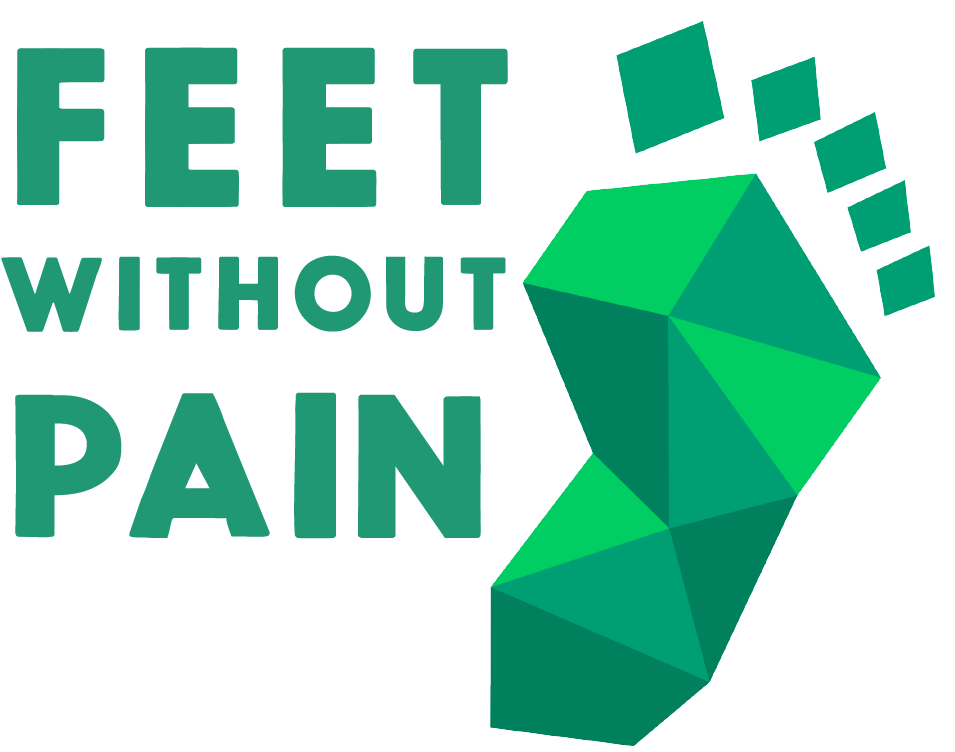The importance of football in Brazilians’ life and its influence on feet, ankles and knees: a research
Research available in PDF. Click here to download the file.
Results
A survey was conducted with 10,566 people online using the “Survey Monkey” software. The research aimed to quantify the importance of soccer for Brazilians and the relationship between playing soccer and injuries and the health of the feet, ankles, and knees. The survey was conducted between March and April 2018, and the main findings of the research were:
It was identified that one-third of Brazilians watch soccer on TV at least once a week, and only 13% of people never watch it;
66% of the sample did not go to a stadium in the last year, and only 11% of people went to a stadium once;
Most people support Flamengo (24%), followed by Corinthians (18%), and São Paulo (9%);
81% believe that Brazil will win the 2018 World Cup in Russia; People with lower levels of education are more optimistic about Brazil’s performance in the 2018 World Cup;
40% of Brazilians have never played soccer, 32% used to play in the past, and 28% still play;
Only 15% of men have never played soccer in their lives, while over half of women (60%) say they have never played;
The North region has the highest number of soccer players (34%). 80% of people stop playing soccer at the age of 25, and only 7% still play soccer after the age of 40;
42% of people play soccer for only 5 years of their lives; Loss of interest in the sport and lack of time were the main reasons people stopped playing soccer;
The most popular types of soccer are field and futsal, approximately 40% each;
Cleats without studs are the most used, both by former players and current players, 45% and 42% respectively;
Only 17% of those who have stopped playing used ankle braces or bandages often or always, compared to 57% of current players;
The full-back position in soccer is the one that suffers the most foot pain, followed by the goalkeeper;
45% of Brazilian soccer players use Nike cleats;
The cleats that cause the least foot pain are Penalty, Nike, and Topper, with Penalty being the best among them. Diadora and Rebook are the worst, causing pain frequently in 77.5% and 76.62% of people respectively;
Rebook cleats cause the fewest knee injuries but are the worst for ankle injuries. Nike cleats are the safest for ankle injuries;
Cleats with large studs cause more knee injuries;
Playing soccer is associated with ankle pain. Among those who have never played soccer, 48% report some ankle pain, while 56% of those who play or have played report pain;
For those who play or have played soccer, ankle injuries such as sprains and muscle injuries are more common, while foot injuries such as plantar fasciitis are less common;
Futsal is the type of soccer that causes the most injuries. 55% of people who play futsal have experienced some injury, while for all other sports, this number is less than half;
Strikers and full-backs are the ones who suffer the most injuries (45% of cases), and the goalkeeper is the safest position (40% experience injuries);
People who use insoles have fewer muscle injuries than those who don’t use them;
There is a higher incidence of blisters among people who play or have played soccer than those who have never played;
The more socks worn, the higher the chance of blister and callus formation;
Wearing tight cleats on the sides not only causes discomfort but also increases the frequency of blister formation.



